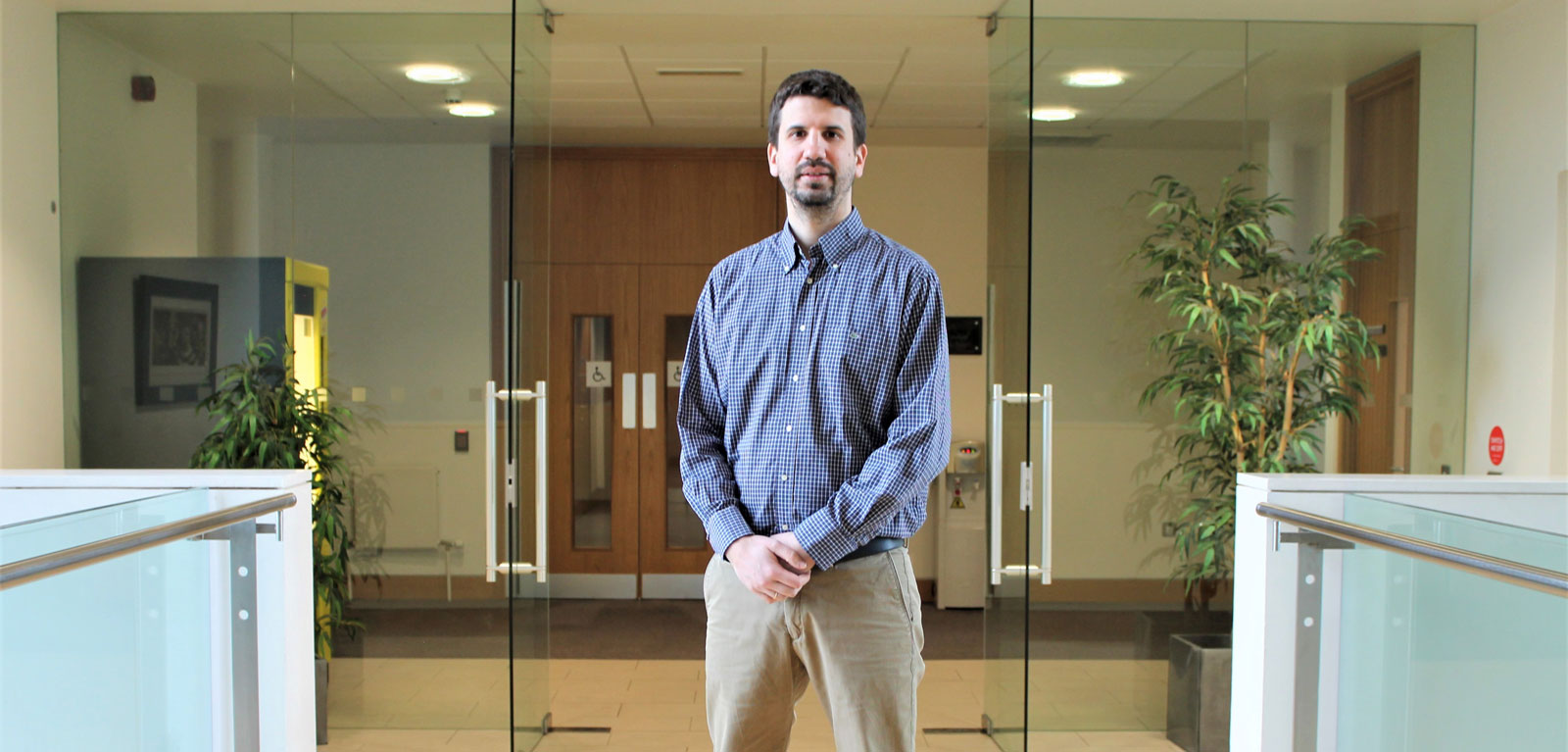In 2019, Michalis Matthaiou, a professor at the Queen’s University Belfast in Northern Ireland, was building a beamformer for 5G when he faced an unexpected outcome: The lens arrays his team used recorded 40% energy loss. No matter the model they applied, the waste would not go down. Something was wrong.
“My staff and I went back into the lab and tried to understand why such a loss was happening. We realized there was a lot of energy spilt over the antenna port,” Michalis told 6GWorldTM.
“Imagine a ray coming into the lens, and you want to focus that ray onto port number seven, let’s say. We were getting some energy on port seven, but also on ports eight, nine, and even ten, the neighbouring ports. I said to my team: ‘Look, today’s models cannot be of any use anymore. We are wasting a huge amount of energy here. Let’s understand why this is happening’.”
Two years later, Matthaiou will have the chance to find a solution to his problem. In December 2020, the European Research Council granted his project €2 million to develop a new theory for signal processing in millimetre and Terahertz waves. The initiative was called BEATRICE.
The research should last five years and, according to the professor, will open doors for the next generation of networks.
“I envision to propose a new theoretical framework which amalgamates information theory and electromagnetics, and the outcome will be physical solutions to support 6G in terms of new antenna structures and also in terms of wireless power transfer,” Matthaiou said.
A New Approach to Signal Processing
Matthaiou explained that different networks also demand distinct solutions. 4G base stations, for instance, use between eight and 16 antenna elements to operate. In 5G, this figure jumps to the hundreds, while in 6G the number of elements will be probably in the thousands. He said it is impossible to just adapt the existing models to the requirements of 6G, which is where BEATRICE comes in.
“We are trying to consolidate information theory proposed by Claude Shannon [a mathematical definition of what information is and how to transmit it] and electromagnetism proposed by James Maxwell in the 19th century. We are trying to bring these two communities together, and BEATRICE will work on the interface between information theory and electromagnetics,” the researcher explained.
According to Matthaiou, there are three main goals his team aims to achieve over the course of the next few years.
“The first objective is to revisit the information-theoretic models. The second one is to propose solutions and algorithms that can make this new theory work. And the third is to build physical prototypes to support the theory and the techniques.”
Right now, the project is still in its early stages, but Matthaiou is optimistic about the initiative’s success. In his opinion, the five-year research project will help bring 6G to life, “And hopefully BEATRICE will make a contribution too.”







